Attention-Deficit/Hyperactivity Disorder (ADHD) is a major neurodevelopmental disorder that affects many people. In the United States, an estimated 11.4% of children aged 3 to 17 have received an ADHD diagnosis. Additionally, many people continue to have the condition as adults, with about 6% of them dealing with its effects.
This article gives a complete, evidence-based look at ADHD. We will talk about and debunk common myths and misunderstandings about the disorder. This guide will help you learn about ADHD and clear up common misconceptions about it.
We will look at the most important parts of ADHD, such as its clinical definition, diagnostic criteria, symptoms, causes, and ways to manage it effectively. By the end, you will have a better and more accurate understanding of this complicated condition.
What does ADHD mean? A Clinical Overview
What is Attention-Deficit/Hyperactivity Disorder?
Attention-Deficit/Hyperactivity Disorder (ADHD) is a neurodevelopmental disorder marked by enduring patterns of inattention, hyperactivity, and impulsivity that disrupt functioning or development. As a childhood condition, it fundamentally affects the brain’s executive functions.
ADHD is divided into three main types:
• Predominately Inattentive Presentation: People with this type of ADHD have trouble staying focused, organizing their thoughts, and paying attention.
• Individuals with a predominantly hyperactive-impulsive presentation show too much energy, restlessness, and trouble controlling their impulses.
• Combined Presentation: People show a mix of symptoms of being inattentive and hyperactive-impulsive.
• The disorder can make it very difficult to do things like meet deadlines or stay focused at work. Major health organizations, such as the World Health Organization (WHO) and the Centers for Disease Control and Prevention (CDC), recognize ADHD as a real condition.
Important things to know about ADHD:
• ADHD is a real medical condition that is in official diagnostic manuals.
• It usually starts in childhood and can last for the rest of a person’s life.
• ADHD affects about 5–7% of kids and 2–5% of adults around the world.
The Process of Diagnosing ADHD
A qualified healthcare professional, like a psychiatrist, psychologist, or pediatrician, does a thorough process to diagnose ADHD. It entails a thorough assessment to evaluate enduring behavioral patterns and exclude alternative conditions that exhibit analogous symptoms, such as anxiety disorders or sleep disturbances.
Doctors use standardized diagnostic criteria, mostly those from the fifth edition of the Diagnostic and Statistical Manual of Mental Disorders (DSM-5). To make a diagnosis, symptoms must be present in more than one place, like at home and at school, or at work. Validated rating scales and questionnaires filled out by parents, teachers, or the person themselves are examples of tools that help collect structured information.
It is critical to get a professional evaluation instead of trying to figure it out on your own. Online screening tools can be helpful, but they can’t replace a clinical assessment.
The usual steps in diagnosis are:
The usual steps in diagnosis include collecting in-depth information from familial, academic, and occupational sources.
• Conducting a physical examination is another crucial step in the diagnosis process.
Monitoring the symptoms for several months ensures the accuracy of the diagnosis.
Signs and symptoms of ADHD
Symptoms of Not Paying Attention
People with the inattentive type of ADHD have trouble staying focused and finishing tasks. This isn’t because they’re lazy; it’s how their brain controls attention. For instance, a student might have trouble focusing on their homework, or an adult might always miss deadlines because they can’t keep things organised.
Some signs that someone isn’t paying attention are:
• Being easily distracted by things going on outside or inside your head is one sign.
• Being unable to complete tasks, such as household chores or work-related projects, is another indication of inattention.
• Avoiding or putting off tasks that require a lot of mental effort is another symptom of hyperactivity.
Symptoms of hyperactivity and impulsiveness
Hyperactivity is when someone has too much energy and can’t sit still. This may show up in kids as an inability to sit still. Adults often feel restless or unable to relax on the inside.
Impulsivity is when you make quick decisions without contemplating what will happen next. This can include things like buying items you didn’t plan to buy or interrupting others while they’re talking. Hyperactivity in kids might look like climbing on furniture, while in adults it might look like driving too fast or changing jobs a lot.
Some important hyperactive-impulsive behaviors are:
• Hyperactivity can manifest in various ways, such as excessive talking or rushing through responses.
• Having difficulty waiting for your turn is another important hyperactive-impulsive behavior.
• Engaging in activities that may pose a risk is another symptom.
How symptoms of ADHD change with age and gender
As people get older, the way ADHD shows up can change a lot. Kids tend to be hyperactive. Adults may feel restless inside, which is less obvious, and have more trouble with time management and organization.
Gender also affects how ADHD symptoms show up. Boys are diagnosed more often because their symptoms, like hyperactivity, are more obvious and disruptive. Girls, on the other hand, are more likely to show the inattentive presentation, like daydreaming, which can be missed, leading to underdiagnosis. ADHD often happens at the same time as other problems, like anxiety or learning disabilities.
Different symptoms include:
• Age: kids are more physically active, while adults are more restless and have trouble organizing things.
• Boys tend to exhibit more overt behaviors, whereas girls may present with more nuanced, inattentive symptoms.
The Causes and Risk Factors of ADHD
Genetic and Biological Influences
ADHD is highly heritable and often occurs within families. Twin studies demonstrate that the heritability of ADHD is roughly 74%, underscoring a considerable genetic predisposition.
The brains of people with ADHD work differently on a neurological level. Areas that control executive functions like attention and impulse control may show differences in how active they are. Dopamine, a neurotransmitter that is important for motivation and reward, is thought to be a key part of the disorder’s pathophysiology.
Important biological facts:
• Estimates of heritability are as high as 74%.
• Imbalances in neurotransmitters such as dopamine are implicated.
Environmental Factors
Genetics is a major factor, but some environmental factors can also make it more likely that a person will develop ADHD. Being around drugs like alcohol or tobacco before birth can also raise this risk. Furthermore, things that happen early in life, like being born too soon, being too small at birth, or being around environmental toxins like lead, may also be important. Environmental factors interact with genetic predispositions, rather than solely causing ADHD.
Some examples of environmental risk factors are:
• Some examples of environmental risk factors include being born too early or too small.
• Environmental risk factors also include exposure to toxic substances such as heavy metals.
Disproving Unscientific Causal Theories
Many widely accepted theories regarding the aetiology of ADHD lack empirical validation. For example, there is no reliable evidence that improper parenting or eating too much sugar causes the disorder. The National Institute of Mental Health (NIMH) and other major health organisations agree that ADHD is a brain-based disorder that is not caused by problems with discipline or diet. To provide solid support, you need to stick to the facts.
Common Myths and Misunderstandings About ADHD
Myth 1: ADHD Is Not a Real Medical Condition
This is not right. ADHD is a medically recognized condition that is substantiated by comprehensive scientific research, including neuroimaging studies that reveal variations in brain structure and function. The DSM-5 and other official medical classification systems around the world recognize it.
Myth 2: ADHD Only Affects Kids
This is not true either. Many adults have ADHD; in the U.S., about 6% of adults have it. The condition does not go away with age, and adults with ADHD often have trouble with their jobs, money, and relationships.
Myth 3: People with ADHD Are Not Motivated or Lazy
This wrong idea is especially harmful. People with ADHD have trouble with executive functions, which control planning, organising, and starting tasks. This problem is not because they don’t try hard enough. People with ADHD often work very diligently and do better when they have the right tools and help.
Myth 4: The only way to treat ADHD is with medication.
There are many beneficial treatments, and medication is just one of them. The most effective strategy is usually a comprehensive, multimodal approach that combines medication with behavioural therapies, lifestyle changes, and skill training.
There are also other treatments, such as:
• Cognitive Behavioral Therapy (CBT) assists individuals in acquiring problem-solving skills.
• There are also programs designed to provide training to parents and teachers.
More Myths
Some other wrong ideas are that ADHD is overdiagnosed or that changing your diet can cure it. The rise in diagnostic rates is mostly due to better screening and more people being aware of the problem. There is no scientific evidence to indicate that diet can induce or remedy ADHD; however, adequate nutrition is essential for overall health.
Living with ADHD: How to Deal with It and Get Help
How to Manage ADHD Effectively
People with ADHD can have enjoyable and successful lives if they use the right management strategies. Setting up daily routines that are the same every day is essential. Digital calendars and task management apps are two examples of organisational tools that can help you remember things and plan your days.
Exercise is excellent for you because it can help you focus and calm down. Getting enough beneficial sleep is also important for controlling symptoms.
Some helpful strategies are:
• Using tools like timers to keep track of your tasks, such as the Pomodoro Technique, can be beneficial.
• One effective strategy is to break down large projects into smaller, more manageable tasks.
• Meditation and mindfulness can help you focus and calm your mind.
Helping People with ADHD. Who You Care About
When helping a friend or family member with ADHD, it’s important to be patient and understanding. In most cases, positive reinforcement works better than criticism. It is beneficial for parents to set clear and consistent rules. Partners can make their relationship stronger by practising active listening and talking to each other without judging. Support groups and books about ADHD are two examples of educational resources that can be very helpful.
When to Get Help from a Professional
If ADHD symptoms are making it difficult to do well at school or work or are putting a strain on your relationships, it’s important to get professional help. If someone has trouble being on time, meeting their responsibilities, or controlling their emotions on a regular basis, they should see a doctor. Getting help can lower the stigma and provide you with the support you need to do well.
Final Words
ADHD is a real and complicated neurodevelopmental disorder that affects millions of adults and children. We have looked at its clinical definition, symptoms, causes, and useful ways to manage it while clearing up false ideas about it.
Promoting accurate information helps people understand and support those with ADHD so they can reach their full potential.
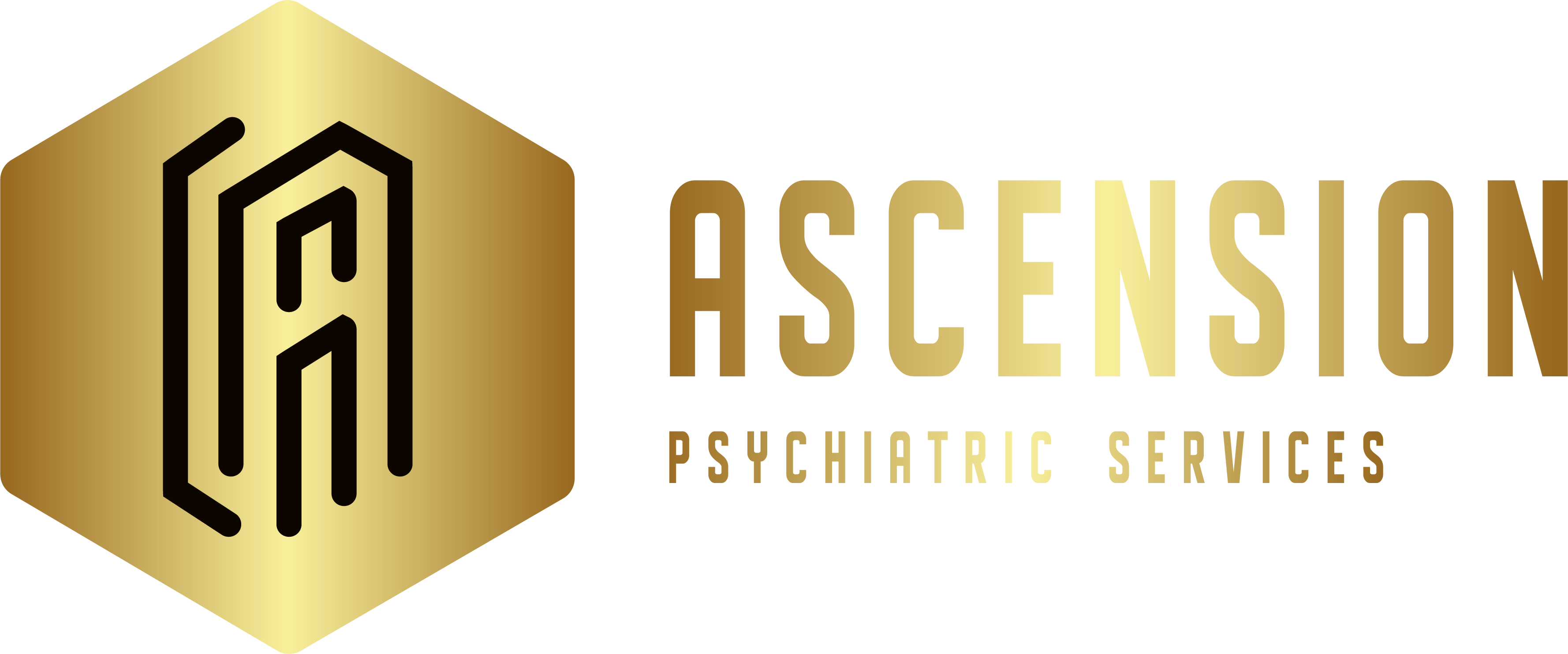
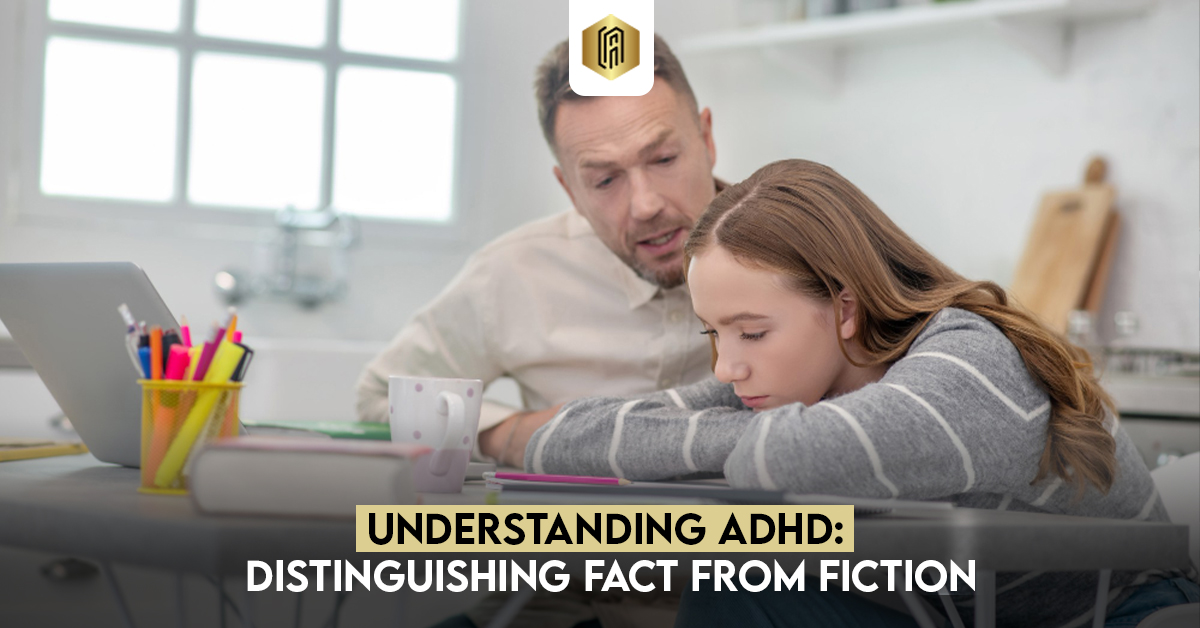
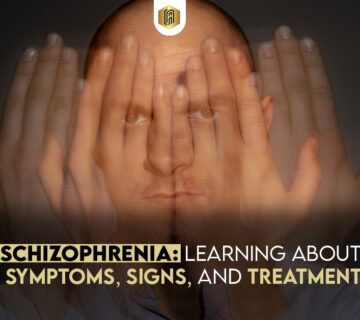

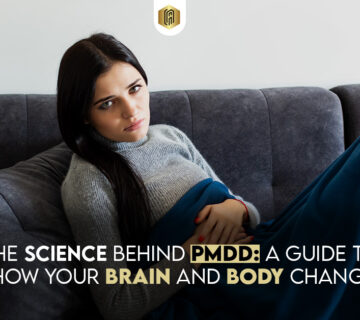
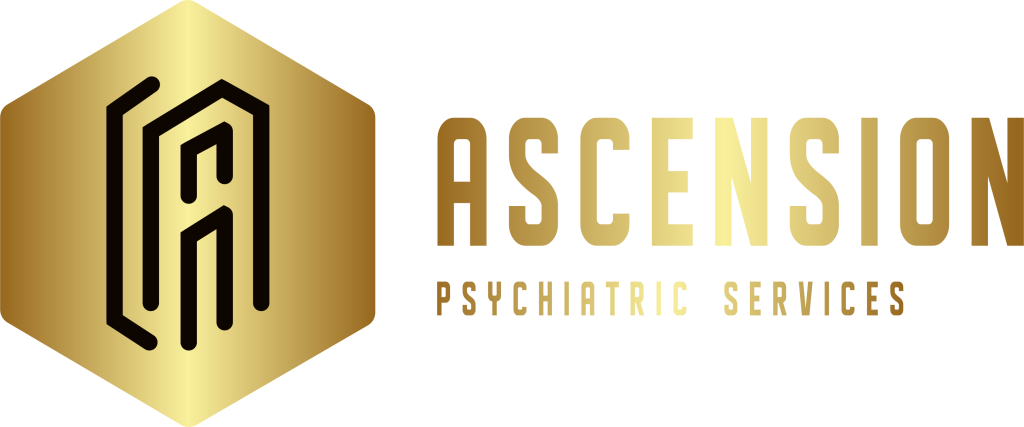
No comment